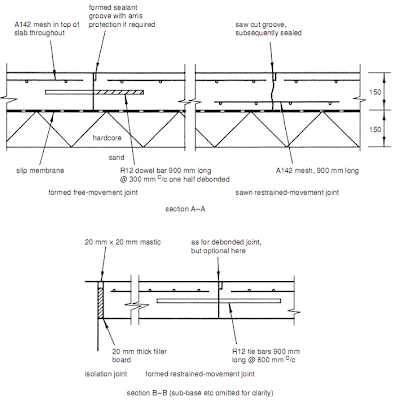

In addition, you need to be prepared for a large consumption of cement. This means that it is necessary to drive several concrete mixers to the object and attract a team of workers, and this is not cheap. Doing this in parts is strictly prohibited in order to avoid uneven shrinkage. Filling of the floating foundation must be carried out simultaneously over its entire area.Important! The distance between the rods should not exceed 30 cm The most important stage in the construction of a floating foundation is laying reinforcement.The rods are placed in strict accordance with the project, and fix them using a knitting wire.The edges of the wooden formwork for pouring concrete should be at least 2-10 cm above the ground Some builders, trying to simplify their work, claim that you can do without formwork – its functions will be performed by the walls of the pit. But this will lead to a significant cost overrun of concrete, which will negate the savings on the formwork boards. This will greatly simplify the disassembly of the structure after the plate has hardened and the boards can be reused. For concrete, it is necessary to build a formwork from boards with a thickness of at least 20-25 mm.From the inside, it can be lined with sheets of roofing material, roofing paper or thick cardboard.

Quite often, foam polystyrene plates are placed on a pillow of sand and gravel , a kind of insulated monolithic plate gets, after which the insulation is also closed with a waterproofing material. The prepared pillow is covered with a layer of rolled waterproofing(for example, dense polyethylene) to protect the slab from soil moisture and to prevent concrete milk from seeping into sand and gravel.

But in any case, each layer must be moistened and carefully tamped to avoid shrinkage. The number of layers of sand and gravel can also vary. The thickness of the pillow is on average from 20 to 40 cm, depending on the size of the foundation and the characteristics of the soil. First, crushed stone is poured into the foundation pit, and then sand is added to fill the voids between the stones.
The next stage of work is the pillow device. So that the walls of the pit do not crumble during the installation of the gravel-sand cushion, they must be done with a slope Upon completion, the surface is rammed with a vibrating machine and covered with geotextiles. It is very important to make a excavation strictly under the design mark, trying to ensure that the bottom of the pit is as flat as possible. Since the depth of the foundation is small, this work can be handled manually, but the involvement of technology will significantly simplify and speed up the process. The difference in length should not exceed 2 cm.Ī floating foundation slab may be slightly larger than necessary, but in no case less. Checking the rectangularity of the shape (and a floating foundation, as a rule, is just a rectangle) is quite easy. Next, you need to mark the base with stakes and cord driven into the ground. Mistakes and negligence can lead to the most sad consequences. This stage should be entrusted to qualified specialists. First of all, you need to calculate the thickness of the plate. improperly made or missing waterproofing, causing the concrete to saturate with moisture and destroy it.įloating foundation, perhaps like no other, requires the strictest compliance with all construction technologies. pouring slabs on frozen ground, leading to subsidence during thawing. foundation laying above the level of soil freezing. We will make a reservation right away – not all experts consider the foundations of this kind to be completely reliable. Moreover, many are convinced that resorting to a floating foundation is possible only when there are no worthy alternatives. The fact is that the shallow plate experiences great overloads in the places where the walls support. And the forces of frost heaving can lead to significant deformations. But at the same time, there are a huge number of examples when a floating foundation showed its best. As a rule, problems arise in violation of construction technology. The most common form of a floating foundation is slab, but there are also strip and columnar varieties. This or that type of foundation is chosen depending on the size of the future building.įor the construction of a floating foundation, concrete of a grade not lower than M400 and reinforcing bars with a diameter of 10-16 mm are used







 0 kommentar(er)
0 kommentar(er)
